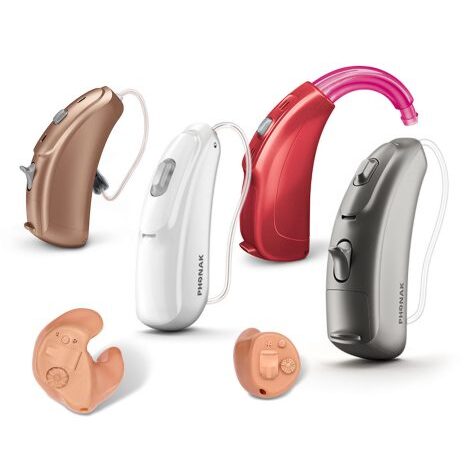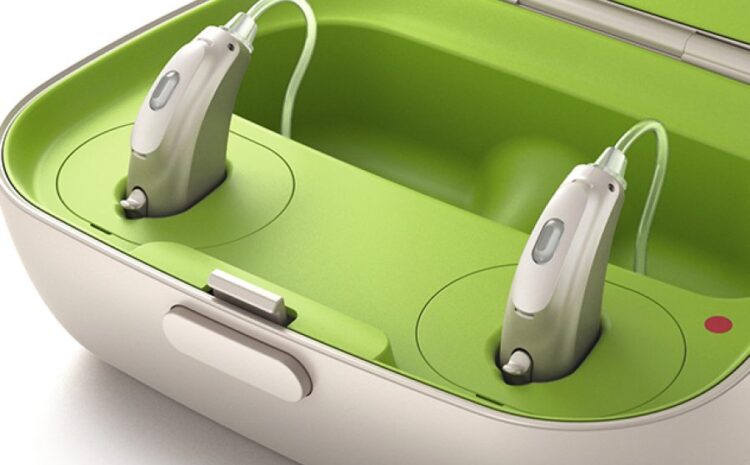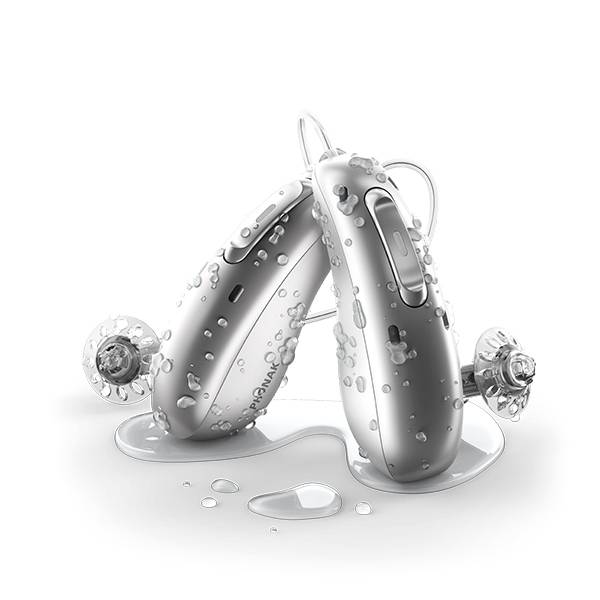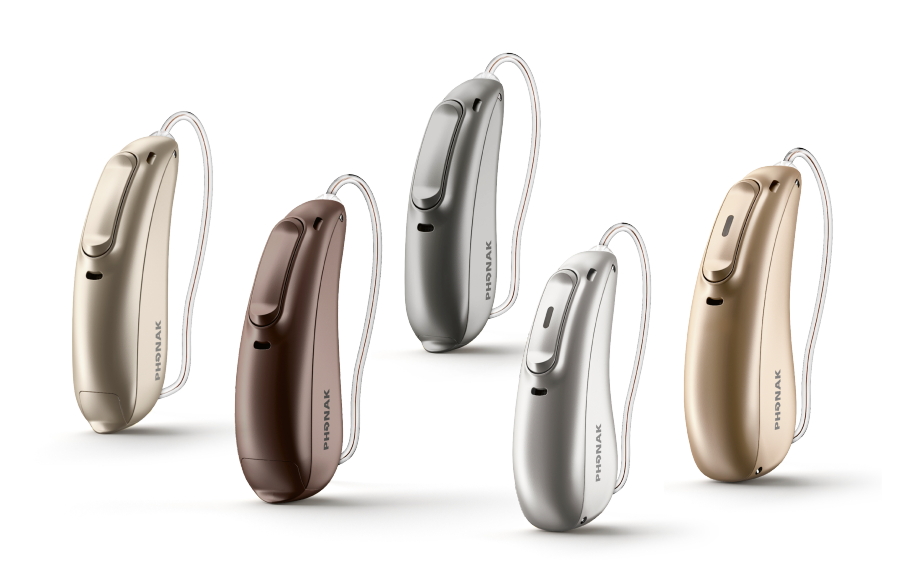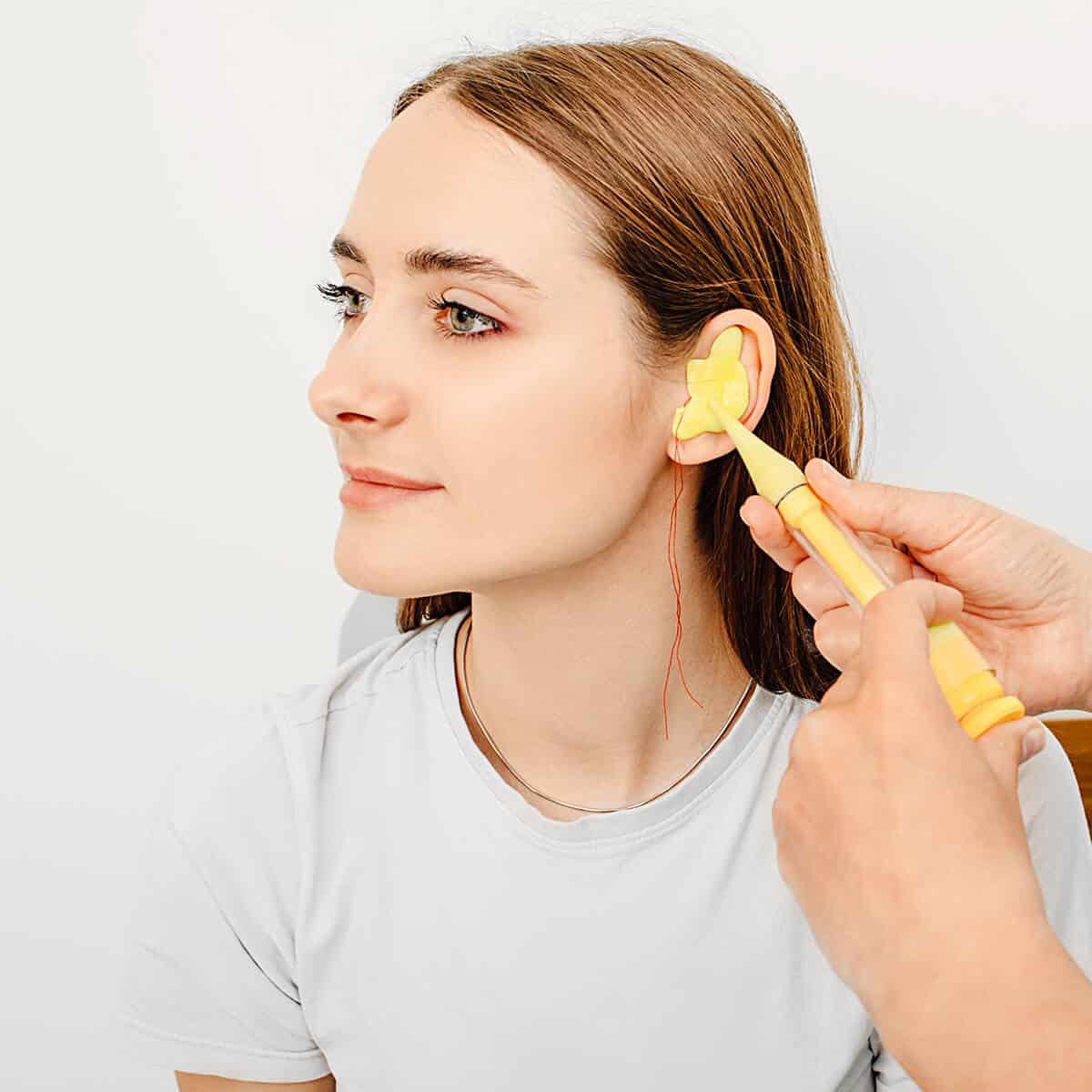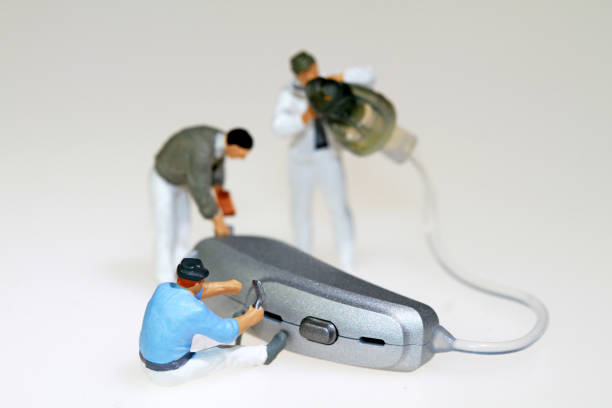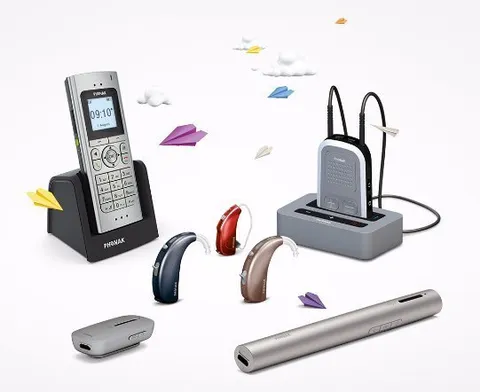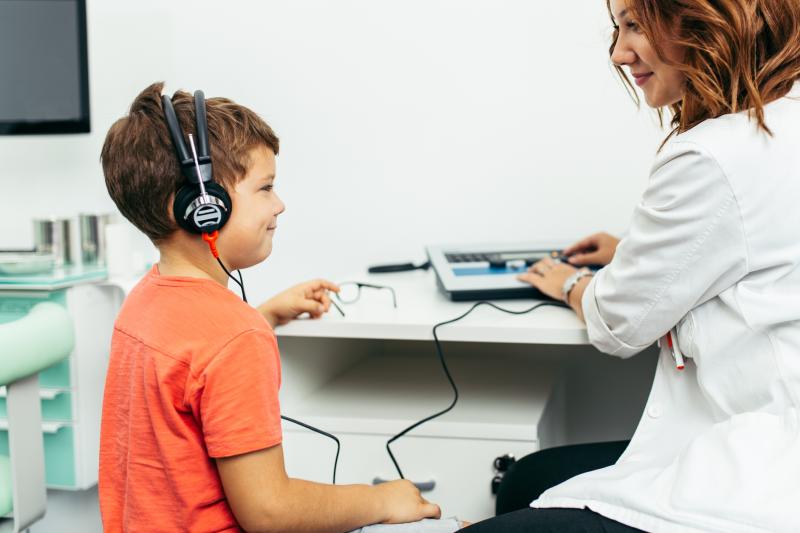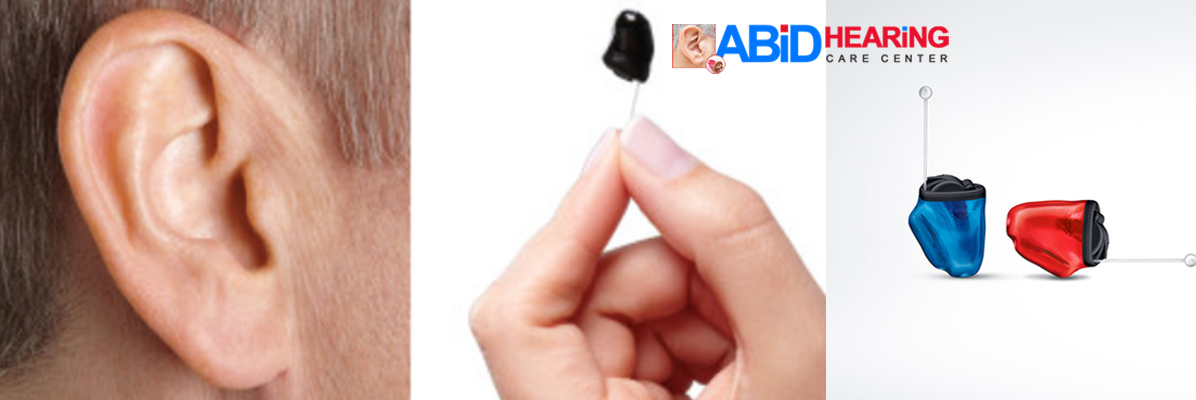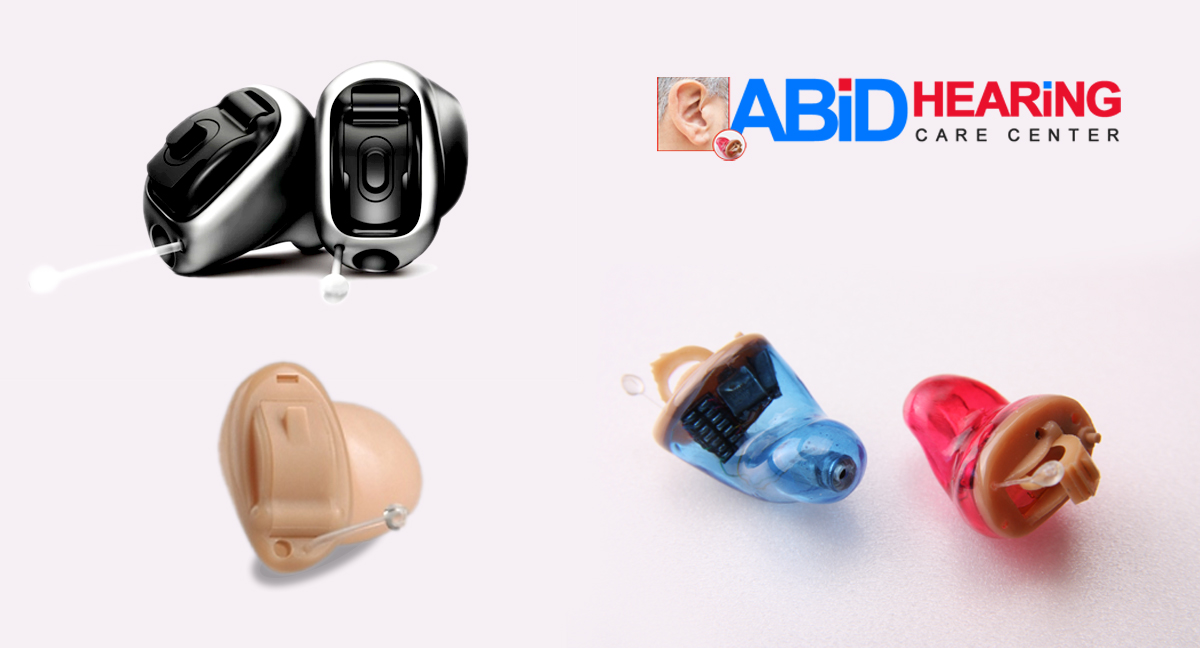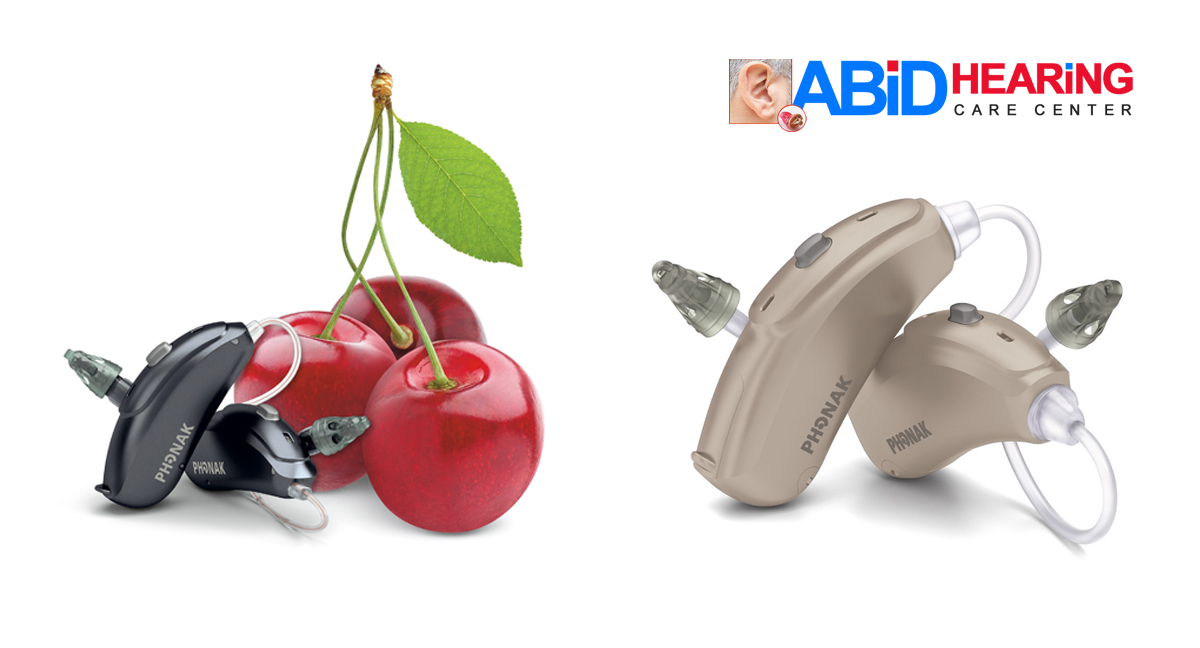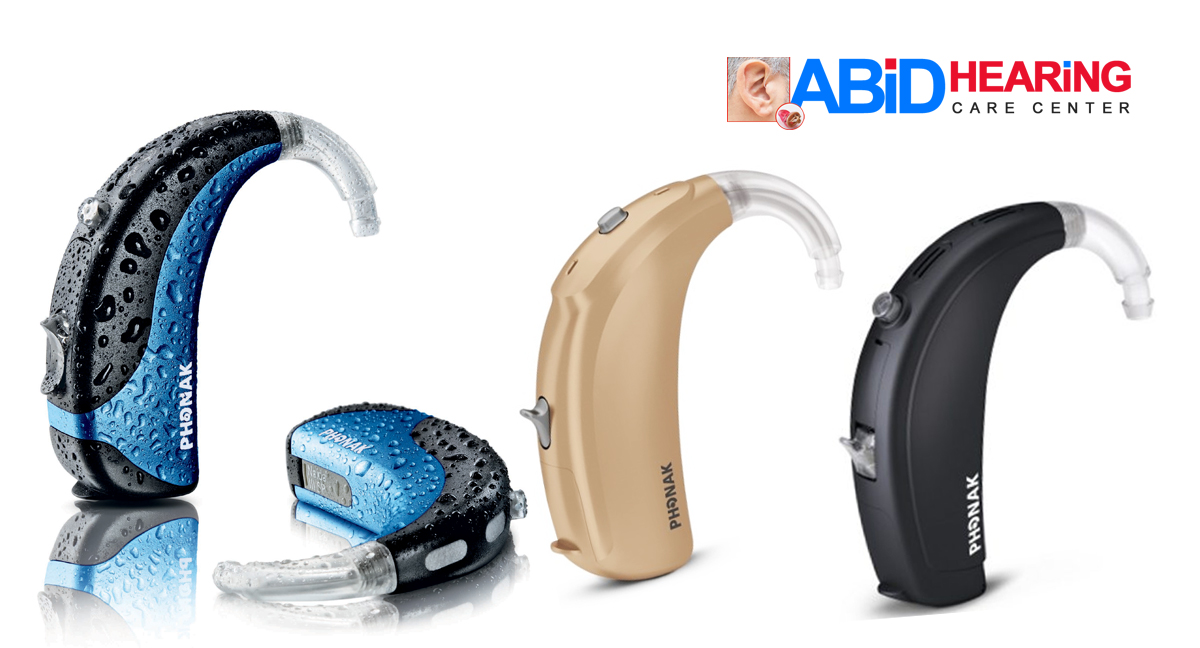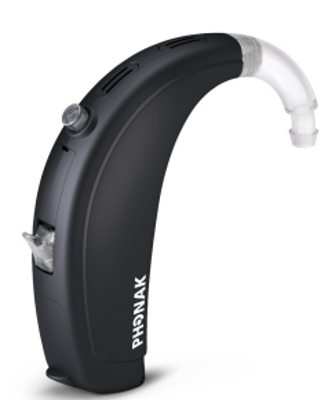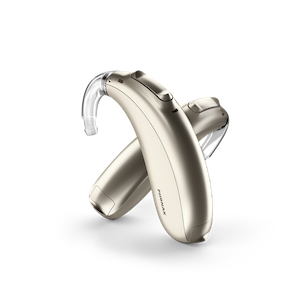Humanitarian Works
Abid Hearing Care Centre (AHCC) provide Hearing Aids in free of cost to the deaf people of Bangladesh. Which is provided by the following 05 (five) disabled organization.
Socio-economic Development Association for Disabled, SEDAD, Dhaka
Registered under the NGO affairs Bureau of Bangladesh Government.
Disabled Women Development Organization, DWDO, Dhaka
Registered under the NGO affairs Bureau of Bangladesh Government.
Protibondhi Kollyan Somiti, PKS, Jessore.
Registered under the Social Welfare ministry of Bangladesh Government.
Magura Women Disabled Organization, DMWDO, Magura.
Registered under the Social Welfare ministry of Bangladesh Government.
Uttaran Protibondhi Songstha, UPS, Dinajpur.
Registered under the Social Welfare ministry of Bangladesh Government.
Hearing Aids in Abid Hearing Care Centre
Abid Hearing Care Centre, where we offer a wide range of hearing aids and comprehensive hearing healthcare services. We established Abid Hearing Care Centre (AHCC) . Our overarching goal of providing state-of-the-art hearing solutions to individuals of all ages. Our specialists have full experience, skills, and training in Clinical Competence in Audiology and hearing aid expertise.
MHCC stands out as a leading Hearing Aid Provider and Service Centre in Bangladesh. It is emphasizing the fundamental role of hearing in connecting us with family, friends, and co-workers. Hearing is essential for everyday communication, and we often overlook the complexity of our ears as intricate organs.
Therefore, we must emphasize the importance of not waiting too long to address hearing issues. On average, individuals with hearing loss wait almost 10 years before taking proactive steps to recover their hearing and improve their quality of life. Additionally, it’s crucial to note that hearing loss can begin unnoticed, making simple conversations exhausting for those affected.
Individuals with hearing loss may find conversations with loved ones, meetings, phone calls, and watching TV particularly challenging.
In conclusion, our services extend beyond initial fittings. We prioritize quality maintenance through routine six-monthly hearing aid servicing appointments for five years. This involves replacing components, testing performance, and examining the health of the ear. Furthermore, we will reassess your hearing and reprogram hearing aids to reflect any changes every two years.
At Abid Hearing Care Centre, we strive to provide unparalleled sound quality, universal connectivity, and personalized digital solutions through Phonak hearing aids.
Join us in discovering why the sound of Paradise is truly unmatched for a better quality of life.
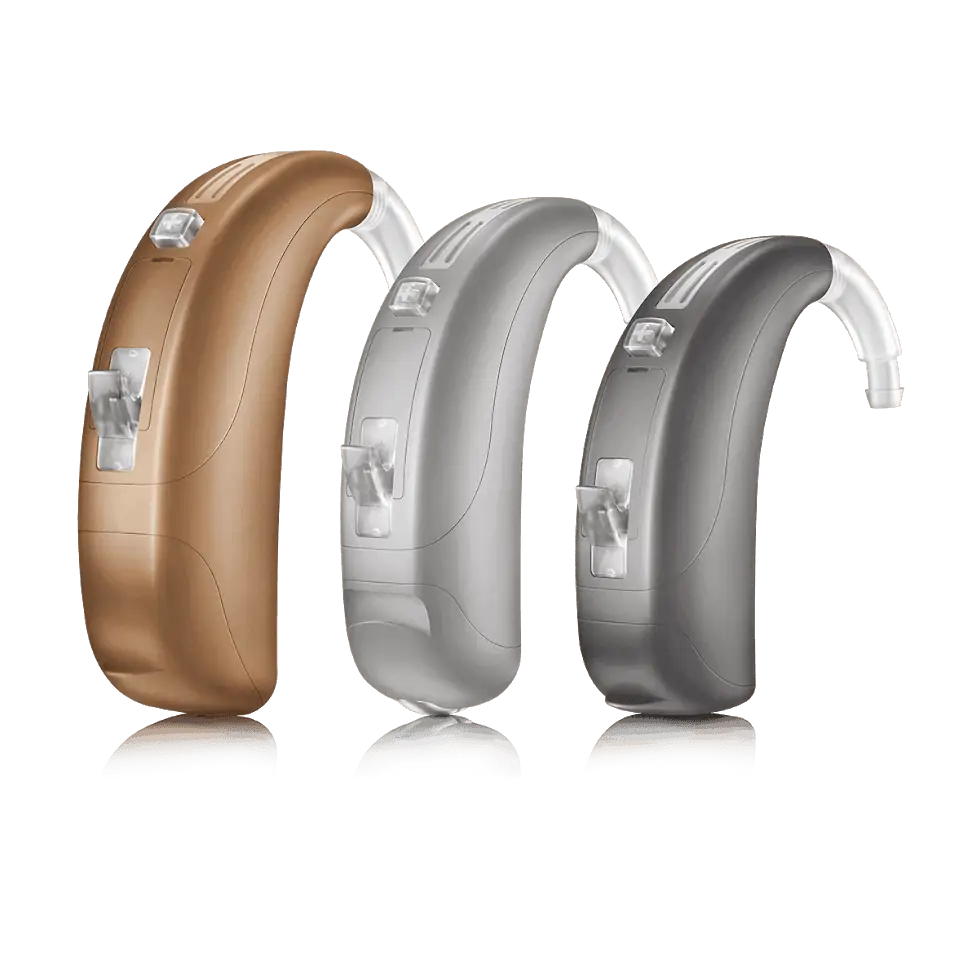 Welcome to Abid Hearing Care Centre – Cheap price hearing aid phonak in Bangladesh
Welcome to Abid Hearing Care Centre – Cheap price hearing aid phonak in Bangladesh